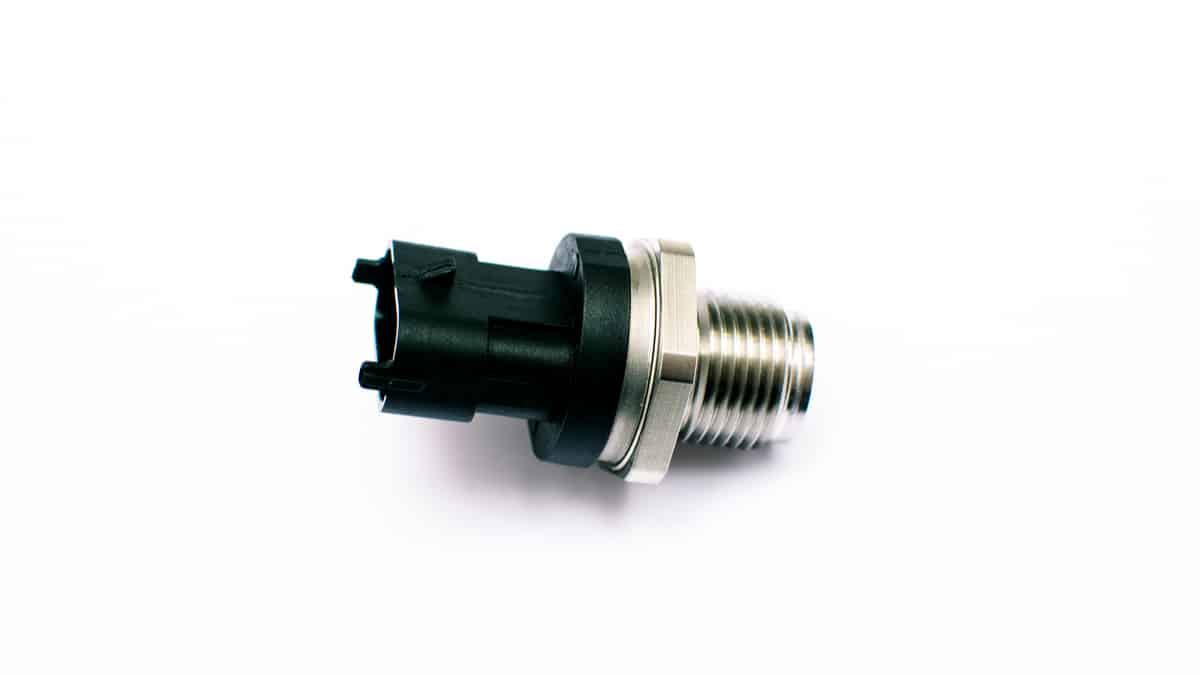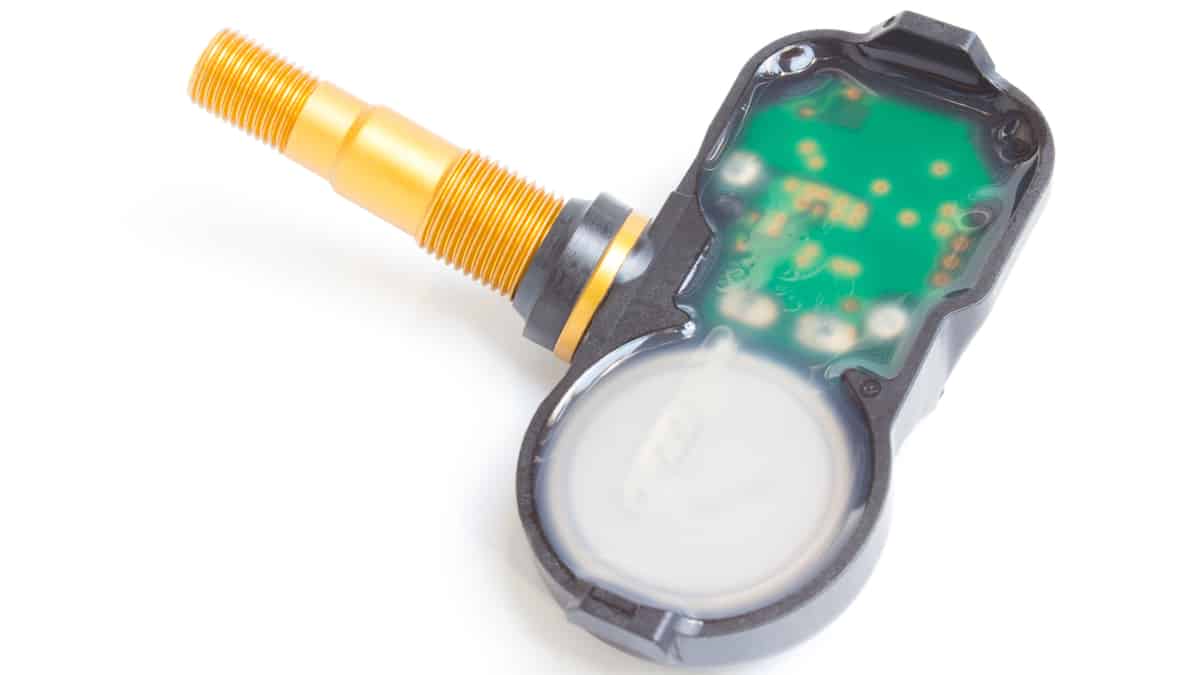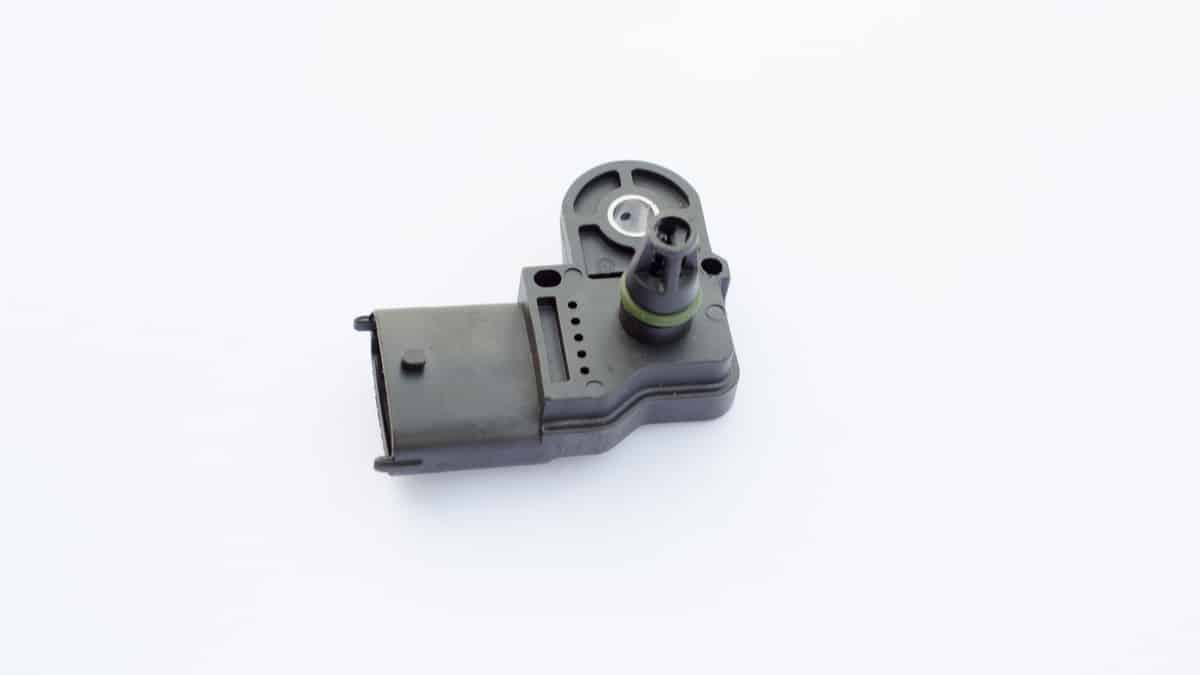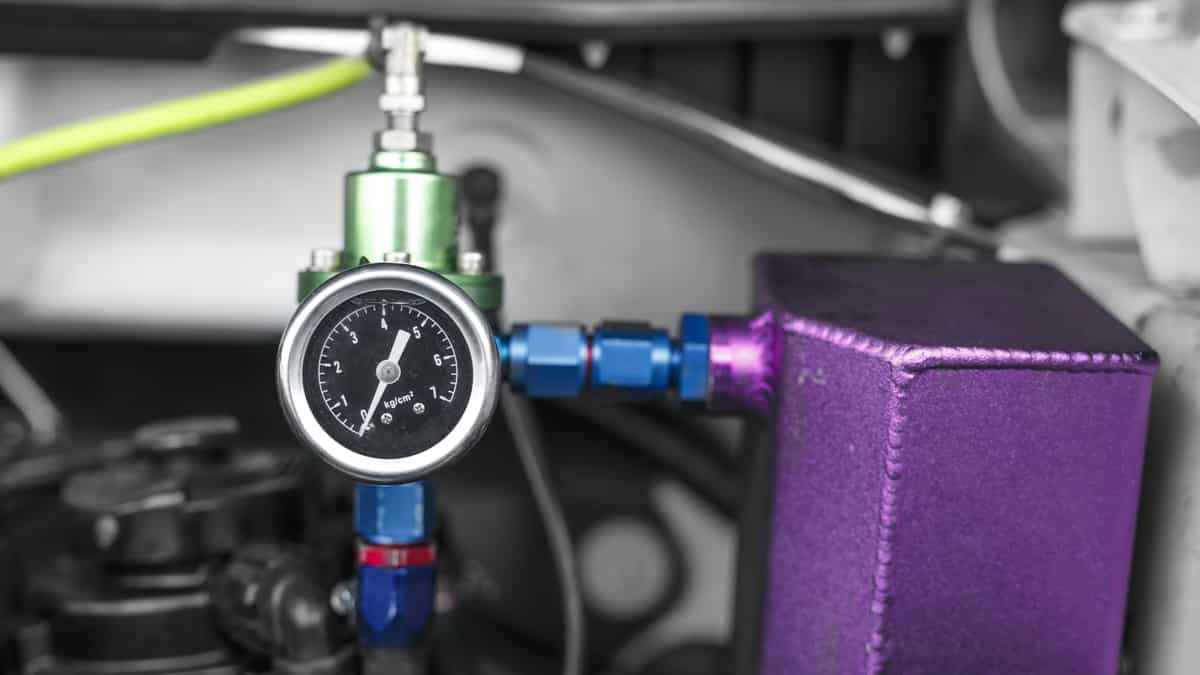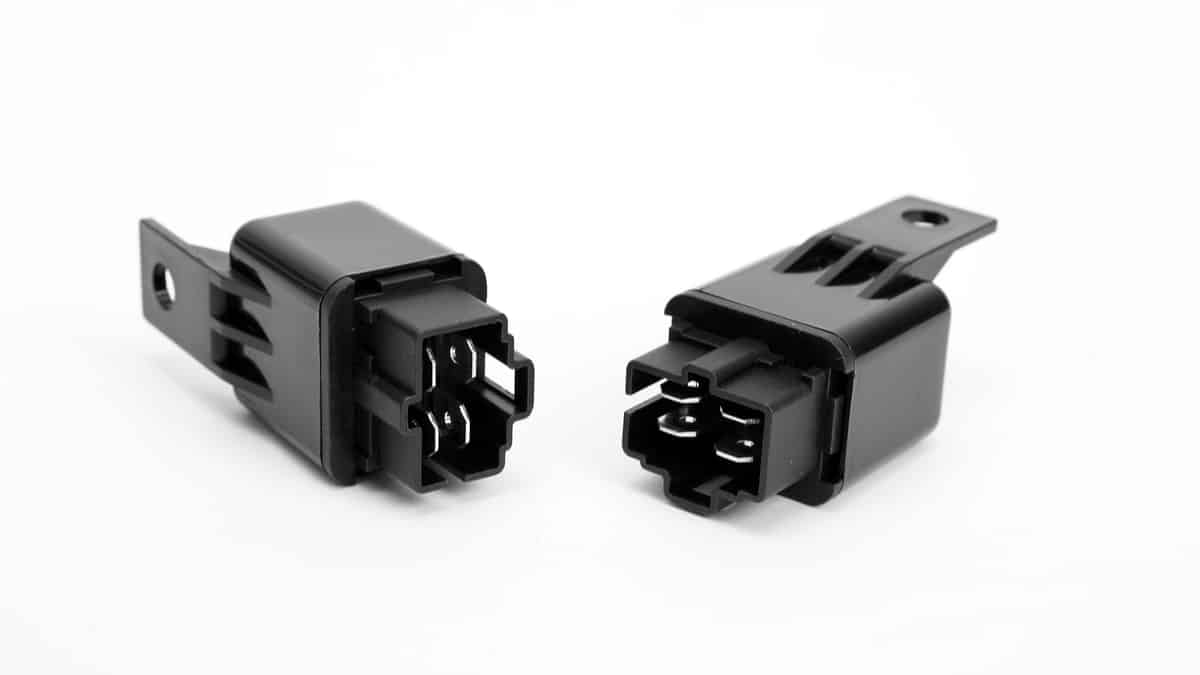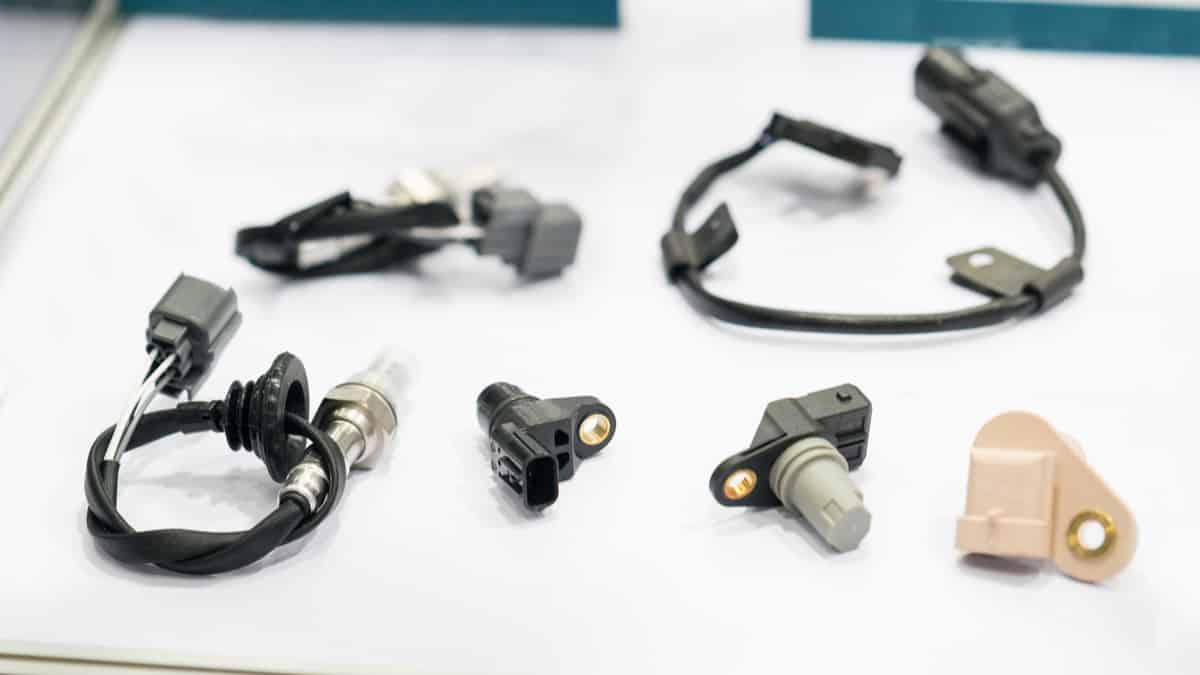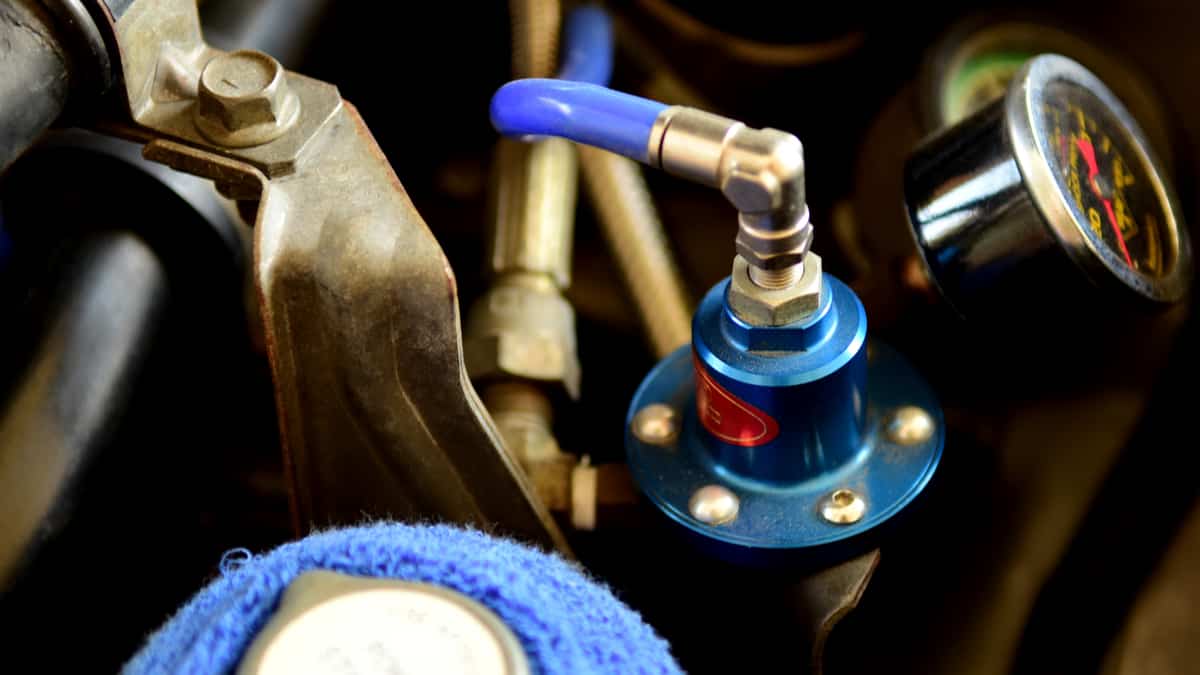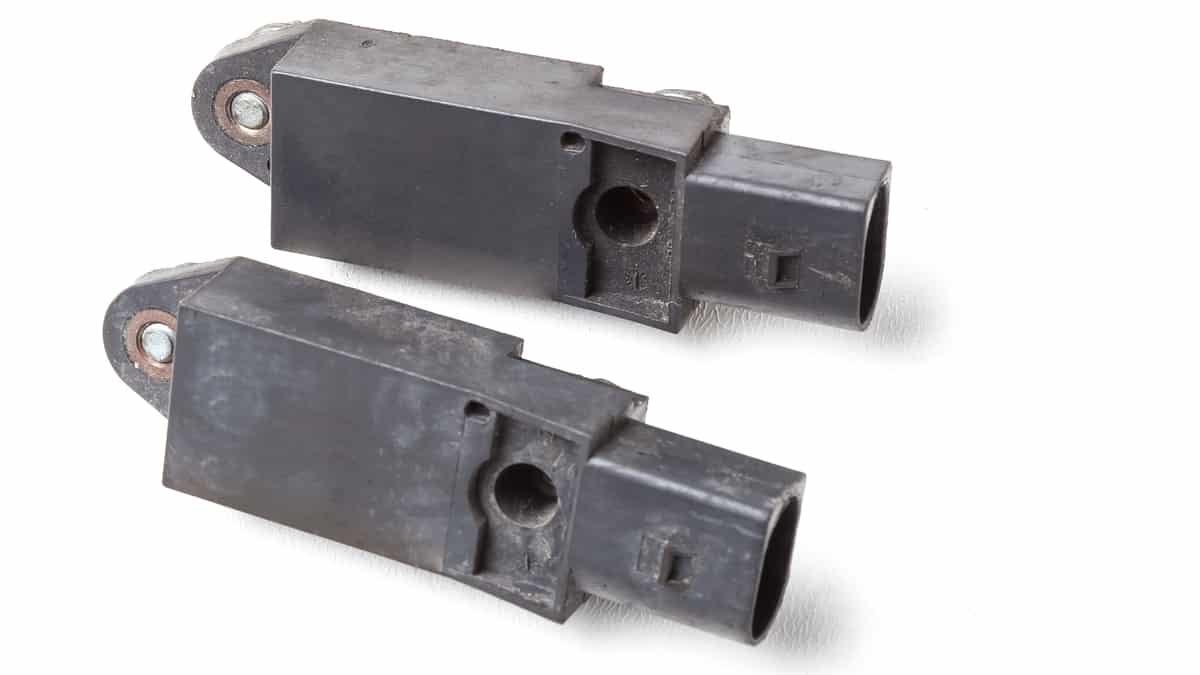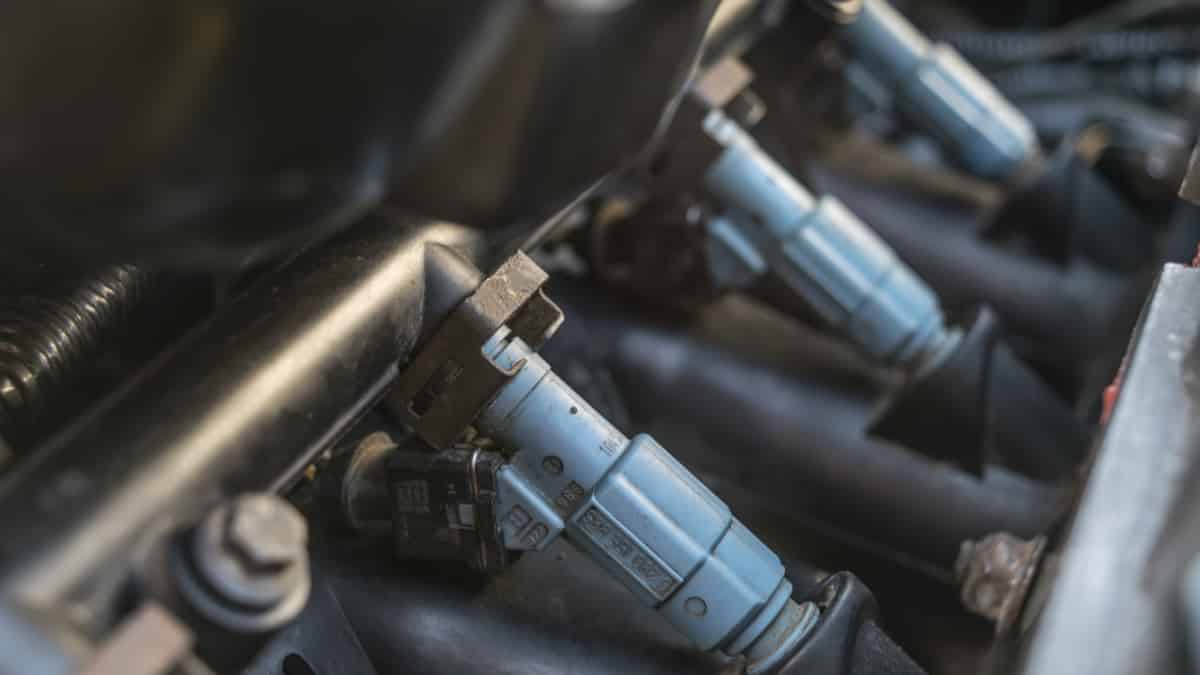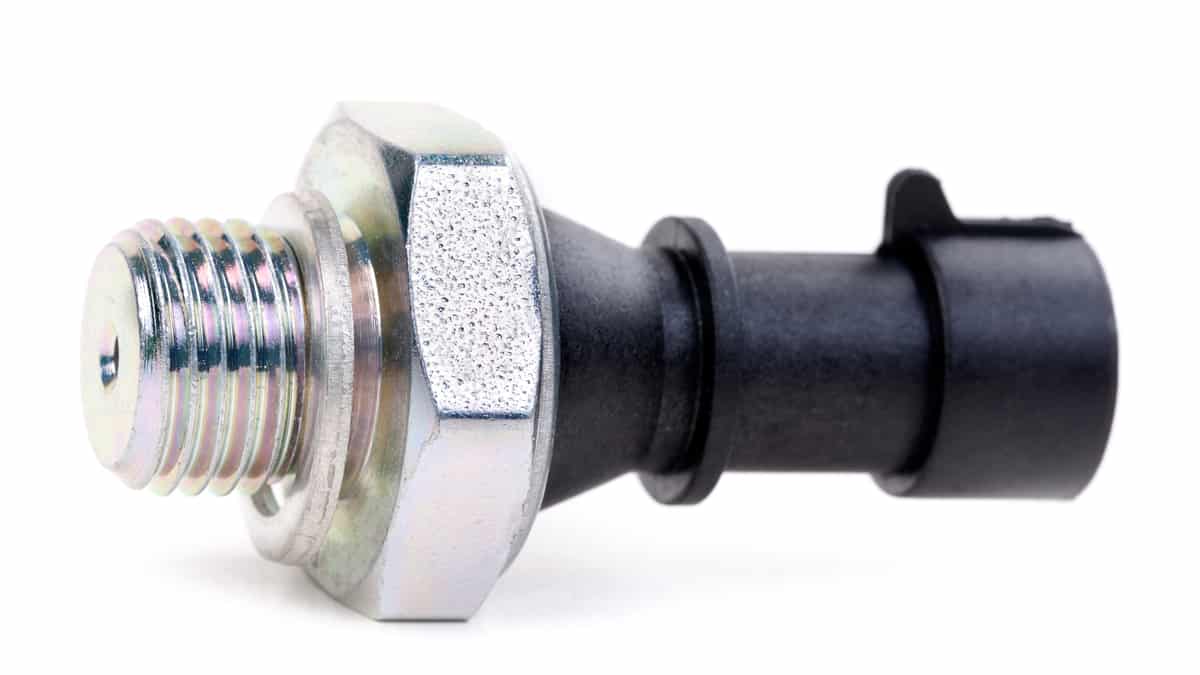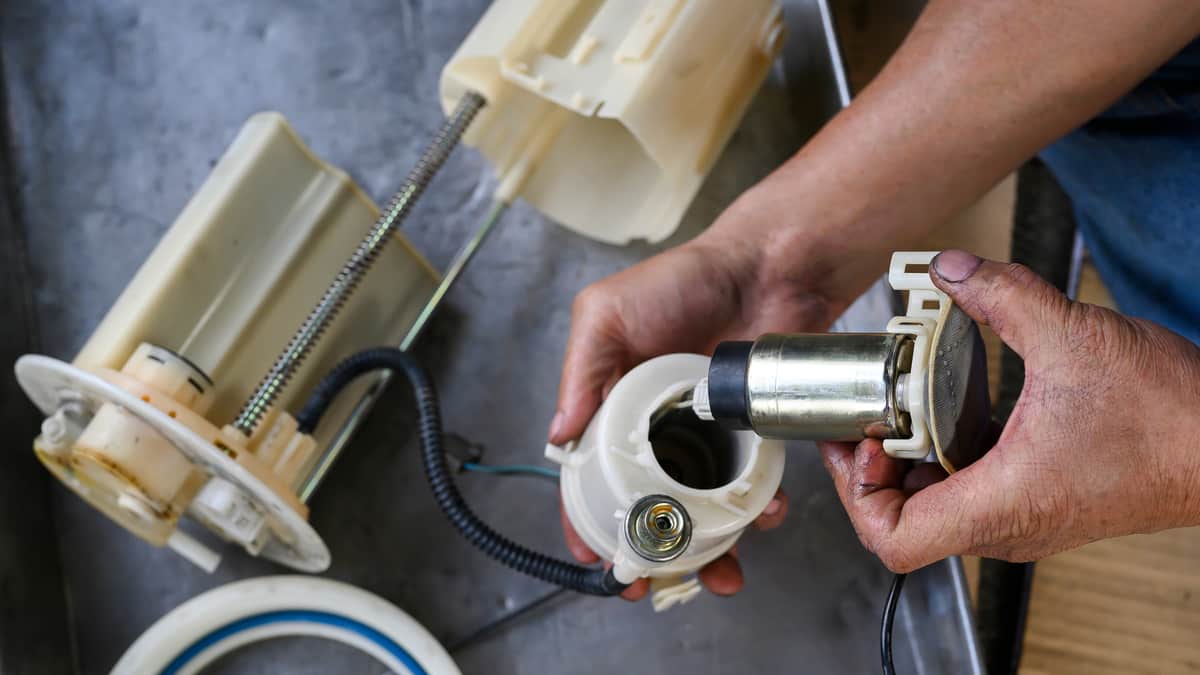The car engine needs a precise amount of fuel to mix with the air in the combustion chamber. If it doesn’t get that fuel, you are going to notice some performance issues. With so many parts to the fuel system, it helps to understand the symptoms of a bad fuel rail pressure sensor.
In this guide, we cover some signs of a bad fuel rail pressure sensor and also explain its purpose. We further describe where it’s located, show you how to troubleshoot it and break down the fuel rail pressure sensor replacement cost. At the end of the guide, you will find some helpful answers to questions you’ve been asking.
Symptoms Of A Bad Fuel Rail Pressure Sensor
When the fuel rail pressure sensor fails, you will see the Check Engine Light on the dashboard. You may also have trouble starting the car or notice poor engine performance. The vehicle could go into limp mode, stall, or start to go through an excessive amount of fuel.
Here are some details to watch out for so you know if you are dealing with a bad sensor.
1. Check Engine Light
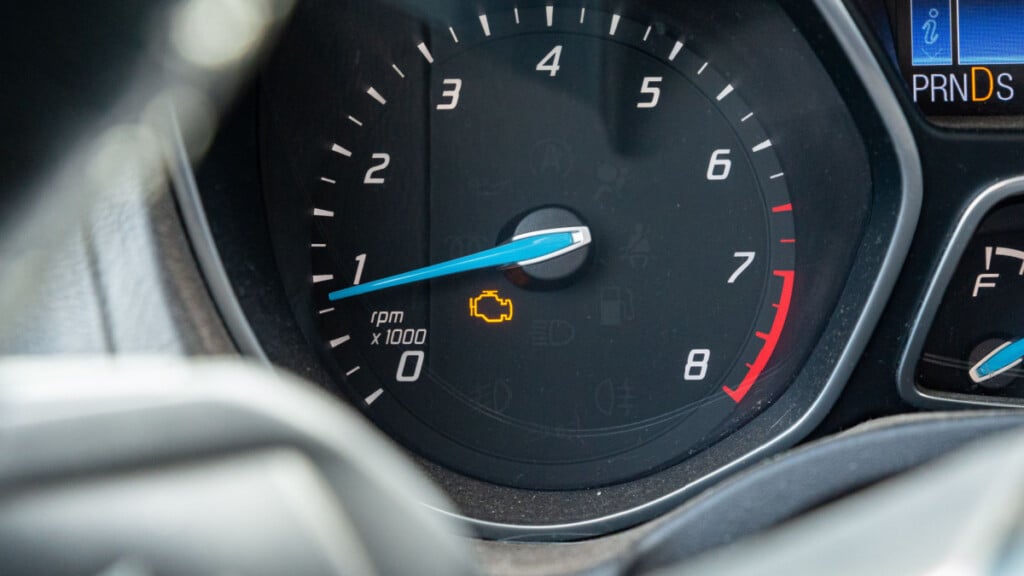
The most obvious sign that something is wrong with your car is the Check Engine Light. You may see this warning sign before there are any symptoms at all. However, the indicator light can be the only way to determine that the fuel rail pressure sensor is bad.
The light comes on because the Electronic Control Unit (ECU) triggers a warning once the fuel-air ratio is unbalanced or because the reading pressure is too low. With a bad reading from the fuel pressure sensor, the codes try to alert you to the problem.
The Check Engine Light is responsible for coming on whenever there’s a fault in the vehicle. For this reason, you can’t assume you know what’s wrong simply because you see the light. You must read the codes with your compatible scanner and run through our diagnostics listed below.
2. Hard Starting
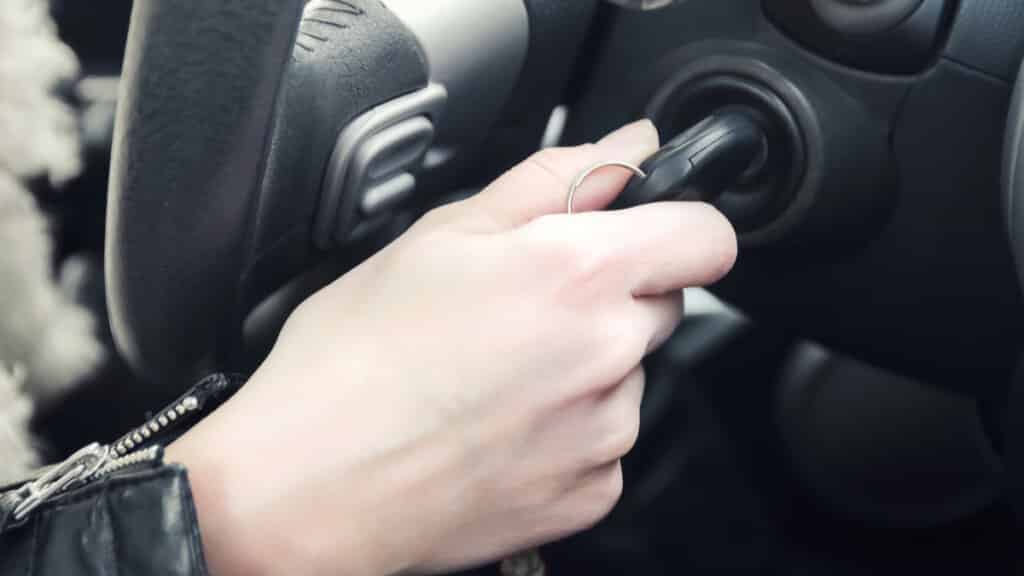
To get the motor running, the ECU tells the fuel system to send a burst of gasoline to the cylinders. If the fuel rail sensor is bad, the correct amount of pressure may not reach the cylinders, leading to trouble starting the engine.
Sometimes, the engine will crank a few times before finally starting. At any time, though, it could fail to start, leaving you stranded wherever you are. That’s why it’s important to pay attention to early symptoms and have the sensor replaced before you end up in a dangerous situation.
3. Poor Engine Performance
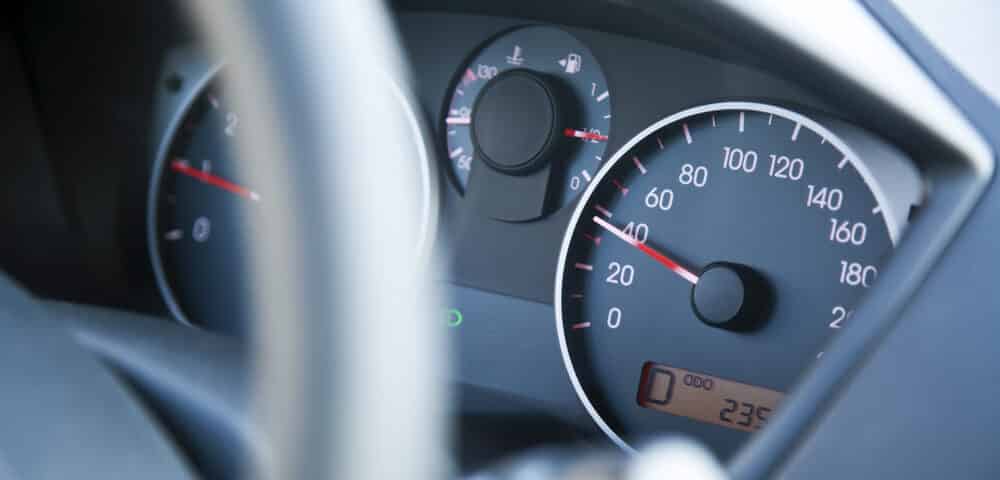
When the fuel rail pressure sensor begins to fail, there’s going to be a loss of power. Even when you push down hard on the accelerator pedal, the car may not seem to respond quickly. To keep up, the system should send more fuel to mix with the air in the cylinders based on how hard you pushed on the pedal, but it doesn’t because of the malfunction.
Continuing to run your vehicle lean (without enough fuel) can lead to serious engine damage. That’s why you should have this problem looked at as soon as you can.
4. Limp Mode
Auto manufacturers build the vehicle with a limp mode system. This fail-safe provides security to the engine and transmission. If something seems wrong with the motor, limp mode is activated to get your attention and prevent further damage.
While the car is in limp mode, you may not be able to get it to shift into a higher gear. In most cars, it remains stuck in second gear. This also means you won’t be able to drive fast, which can be a problem if it happens while you are on the highway.
5. Stalling Engine
Earlier we talked about how the car can fail to start if the fuel rail pressure sensor goes bad. The worst situation you could face is if the engine stalls and you couldn’t restart it.
Yet, that’s possible with the defective fuel rail pressure sensor. When there’s not enough fuel to continue combustion, you can expect the engine to starve and shut down.
6. High Fuel Consumption
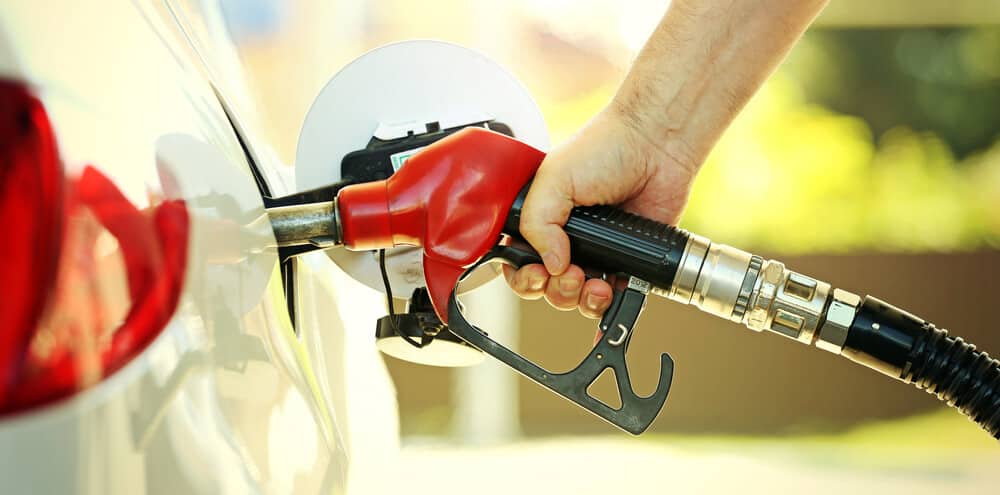
The opposite can also be true. If the ECU misinterprets readings from the fuel rail pressure sensor and too much fuel is injected into the system, your vehicle could go through more gas than necessary.
While it’s probably not going to be extremely noticeable, those who watch the mpg of their vehicle will notice a difference. Even if you have to stop to get fuel thirty miles sooner than normal, that’s money you didn’t need to spend.
What’s The Function Of A Fuel Rail Pressure Sensor?
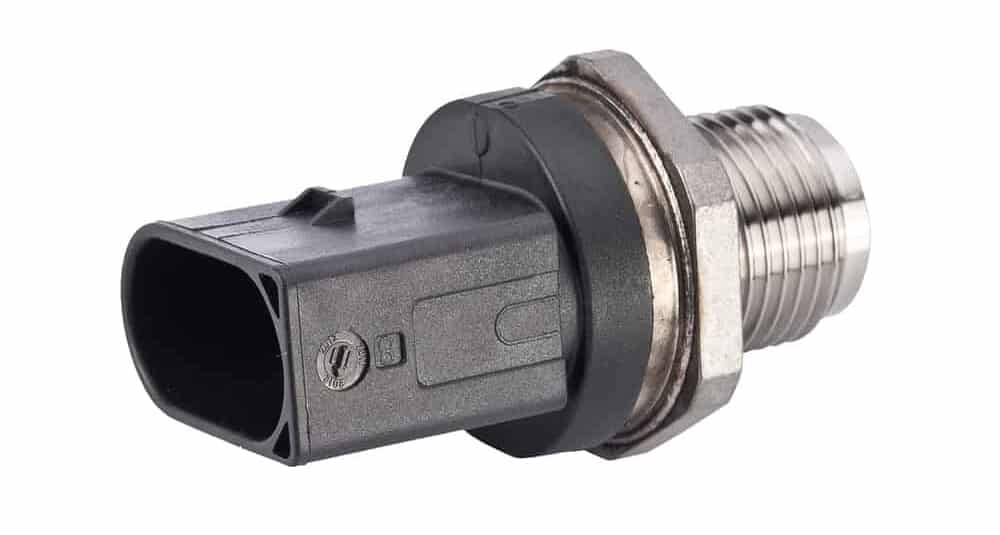
The fuel rail pressure sensor measures and then regulates fuel pressure in the rail. The fuel rail serves as a primary pipeline, supplying each cylinder with fuel through the injectors. Without this sensor, the fuel injectors wouldn’t know how much fuel to provide to the cylinders.
At all times, the cylinders must have the perfect balance of fuel and air to ensure proper combustion. The fuel rail pressure sensor tells the ECU how much fuel should be injected, so the air balance can match.
When the sensor fails, the wrong amount of fuel or air gets injected because of the miscalculation. Any issues with the air-fuel ratio lead to performance problems.
Where Is The Fuel Rail Pressure Sensor Located?
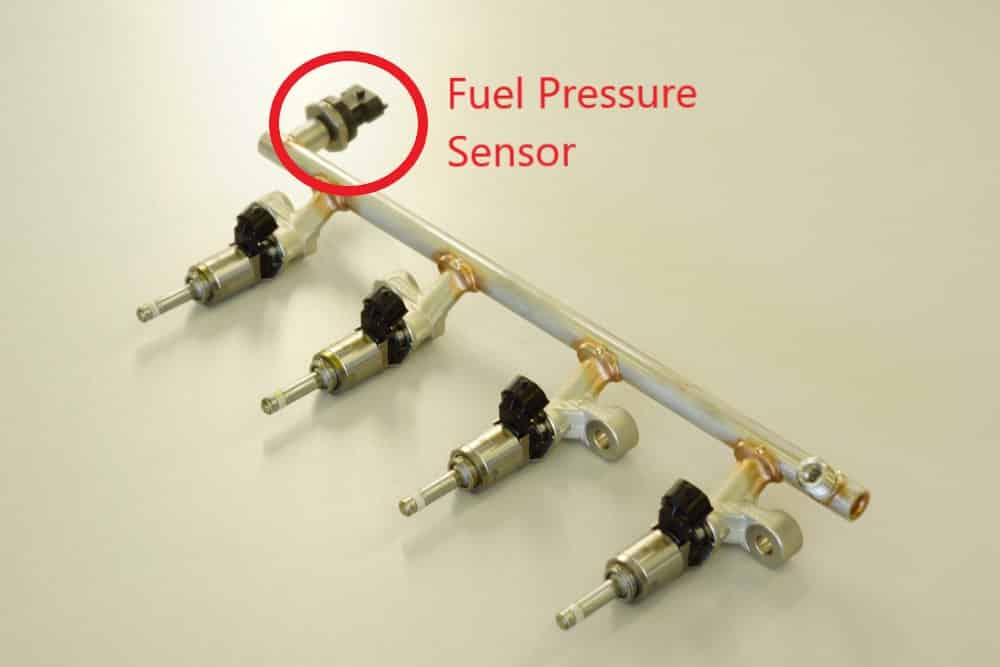
The fuel rail pressure sensor can be found on the fuel rail under the hood of your car. It’s going to be closer to the intake manifold.
If you are having trouble finding it, look in your service manual for a diagram. You can also follow the fuel rail to find it before you reach the injectors.
How Do You Test A Fuel Rail Pressure Sensor?
There are several steps you can take to diagnose a bad fuel rail pressure sensor at home. You don’t need a lot of tools and most of the tasks are easy enough to follow. If you have a service manual, make sure you follow the manufacturer-specific advice offered in the booklet. Here are some generic guidelines to consider.
- Plug your compatible scanner into the OBDII port. You will see the codes that set the Check Engine Light. You can research these codes further with our online DTC library. From these codes alone, you may be able to figure out what’s wrong and replace the broken parts.
- Disconnect the fuel rail pressure sensor. On some vehicles, it’s only connected in a couple of spots, so it’s easy to remove. However, you may have a vehicle that requires disconnection of the vacuum hose to get to the sensor.
- Remove the fuel rail pressure sensor from the rail.
- Check the wires at the connector to make sure there’s enough voltage going to the sensor. Compare these values with the information in your service manual.
- Check the ground connection to verify it is good.
If these steps don’t help you determine the problem or you need some help diagnosing and fixing the issue, it’s best to reach out to a professional mechanic. As professional technicians, we would rather drivers visit with us instead of trying to fix a problem that they can’t figure out on their own. For someone that doesn’t know what to do, more damage can be done.
How Much Does It Cost To Fix A Bad Fuel Rail Pressure Sensor?
It’s not typically expensive to replace a bad fuel rail pressure sensor. On average, you may spend $50 to $150 for the sensor and another $75 to $250 for the labor unless you can install the sensor yourself.
The replacement costs depend heavily on what type of vehicle you drive and how difficult the replacement is. With most cars, it doesn’t take more than an hour to replace. Plus, different regions have varied mechanic labor rates that can drastically change the amount you spend.
The fuel rail pressure sensor isn’t considered a maintenance item. You aren’t going to replace it on a regular basis, and it may last for the lifetime of your vehicle. For that reason, it’s unlikely that you should have to replace the sensor more than once in any car.
Can a car run without a fuel rail pressure sensor?
If you unplug the fuel rail pressure sensor, the ECU will run on its preset fuel pressure values, and your car will most likely run, but the performance will be very limited. This is a temporary fix so you can get home. It’s not meant to be used long-term.
Can a bad fuel pressure sensor cause misfires?
Yes, if the right amount of fuel isn’t getting injected into the cylinders, the engine will be starved and combustion won’t occur normally. When a cylinder doesn’t fire, it’s known as a misfire. You should see a trouble code indicating that the misfire condition exists and it may tell you which cylinder the misfire is occurring in.
How long does it take to fix a fuel rail pressure sensor?
With most vehicles, it doesn’t take more than an hour to replace the fuel rail pressure sensor. It’s found right on the fuel rail and is typically easy to disconnect. With some models, it may be more difficult to get to, so it’s always best to read the service manual before getting started.
Will a bad fuel rail pressure sensor throw a code?
If the fuel rail pressure sensor is defective and causes an imbalance of fuel and air, there will be a code thrown in the computer. You should be able to read this code with your compatible scanner. It may be generic, such as a simple cylinder misfire code, so you won’t know exactly what is wrong until you perform further diagnostics.
The fuel rail pressure sensor is vital to ensure a perfect mixture of fuel and air in the cylinders. If this sensor becomes defective, you are going to notice performance issues and a Check Engine Light. In extreme cases, the car may even go into limp mode or not start at all. For these reasons, you want to replace the fuel rail pressure sensor as soon as a problem is recognized.
Thankfully, it’s not normally difficult to replace this part. With some basic mechanical knowledge, you can have a new one on in less than an hour. Yet, there are some models that make it difficult to get to this sensor, so not all cars are simple to work on. If you need more help, reach out to your favorite neighborhood mechanic.
Categories: Engine
